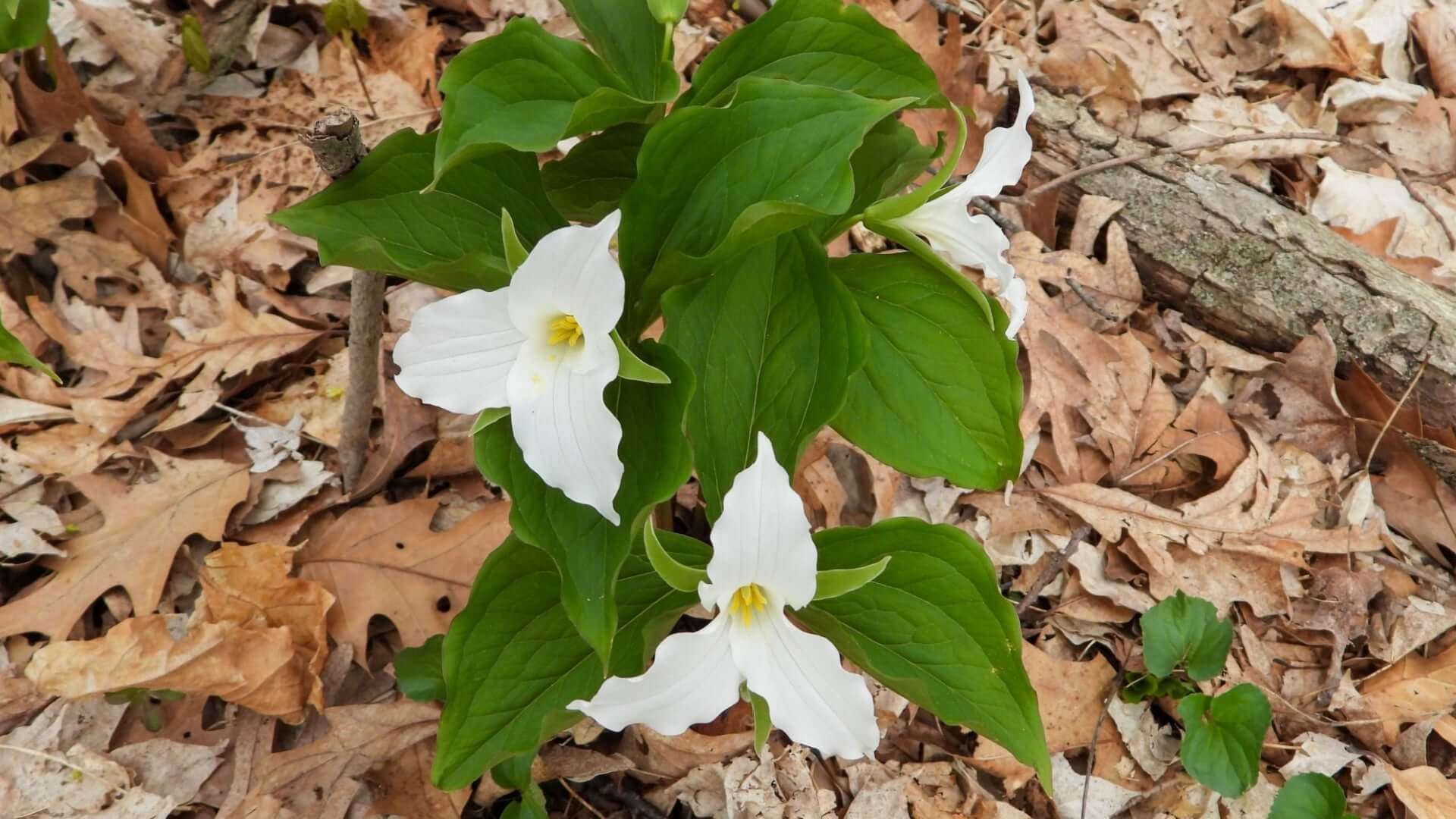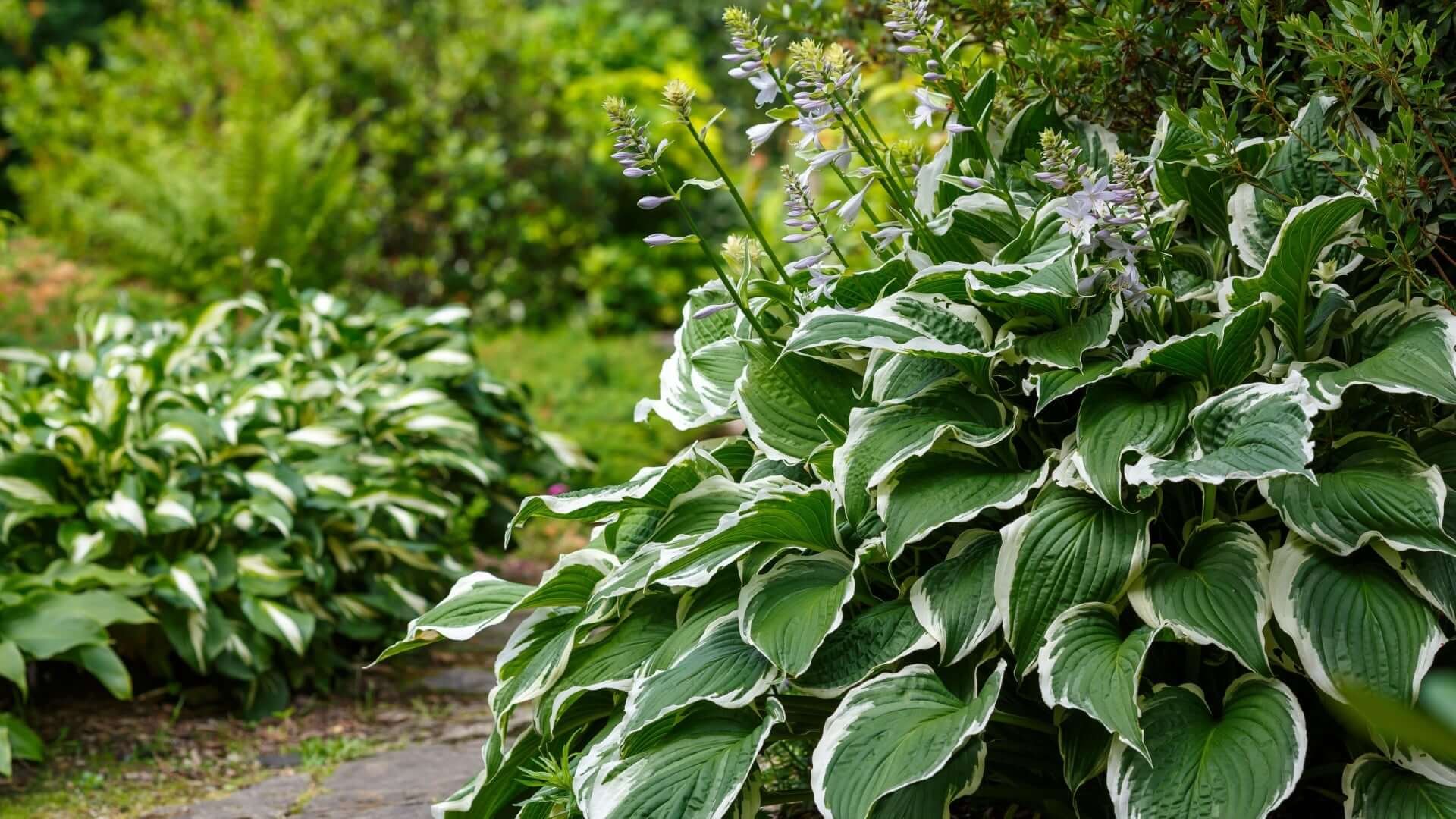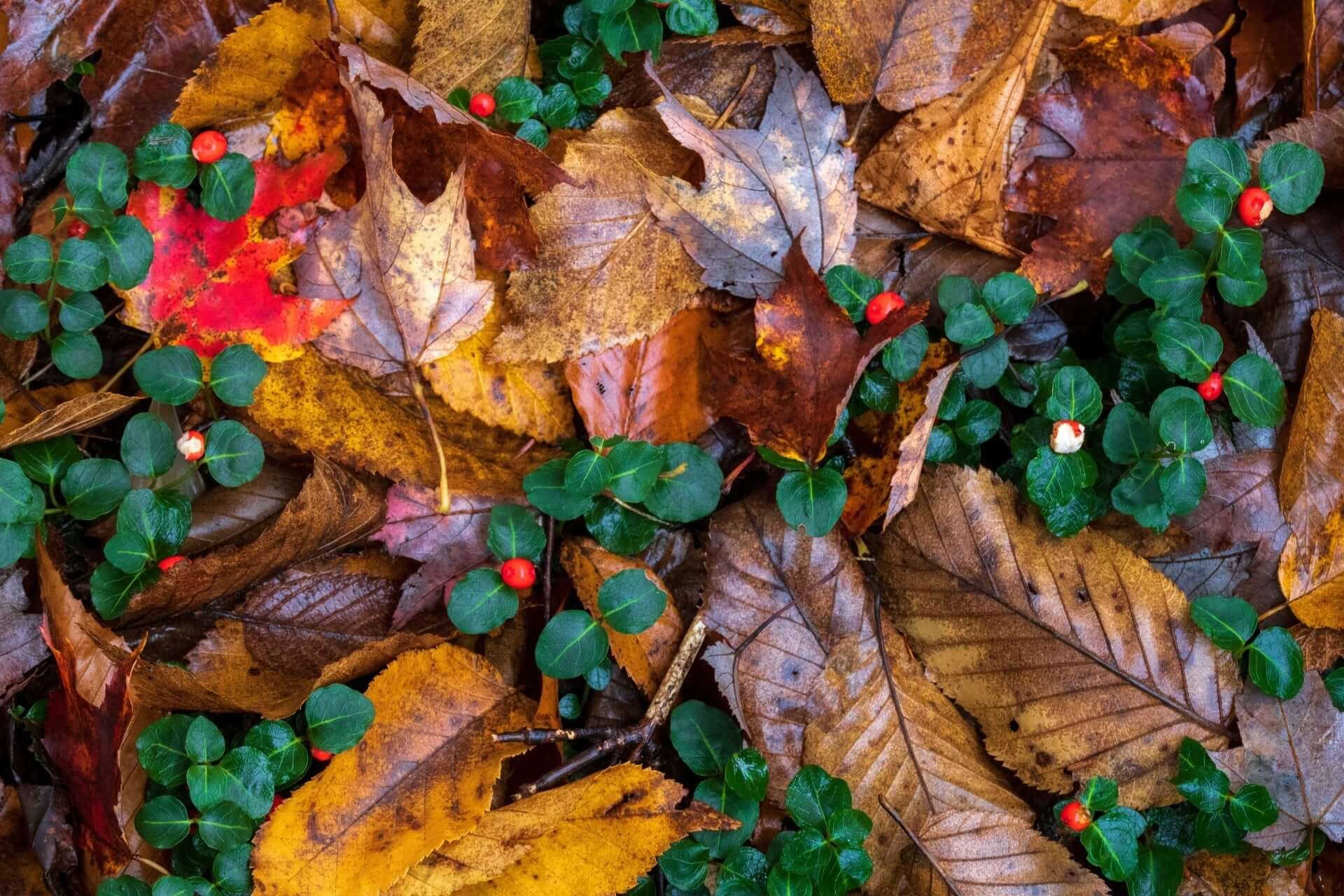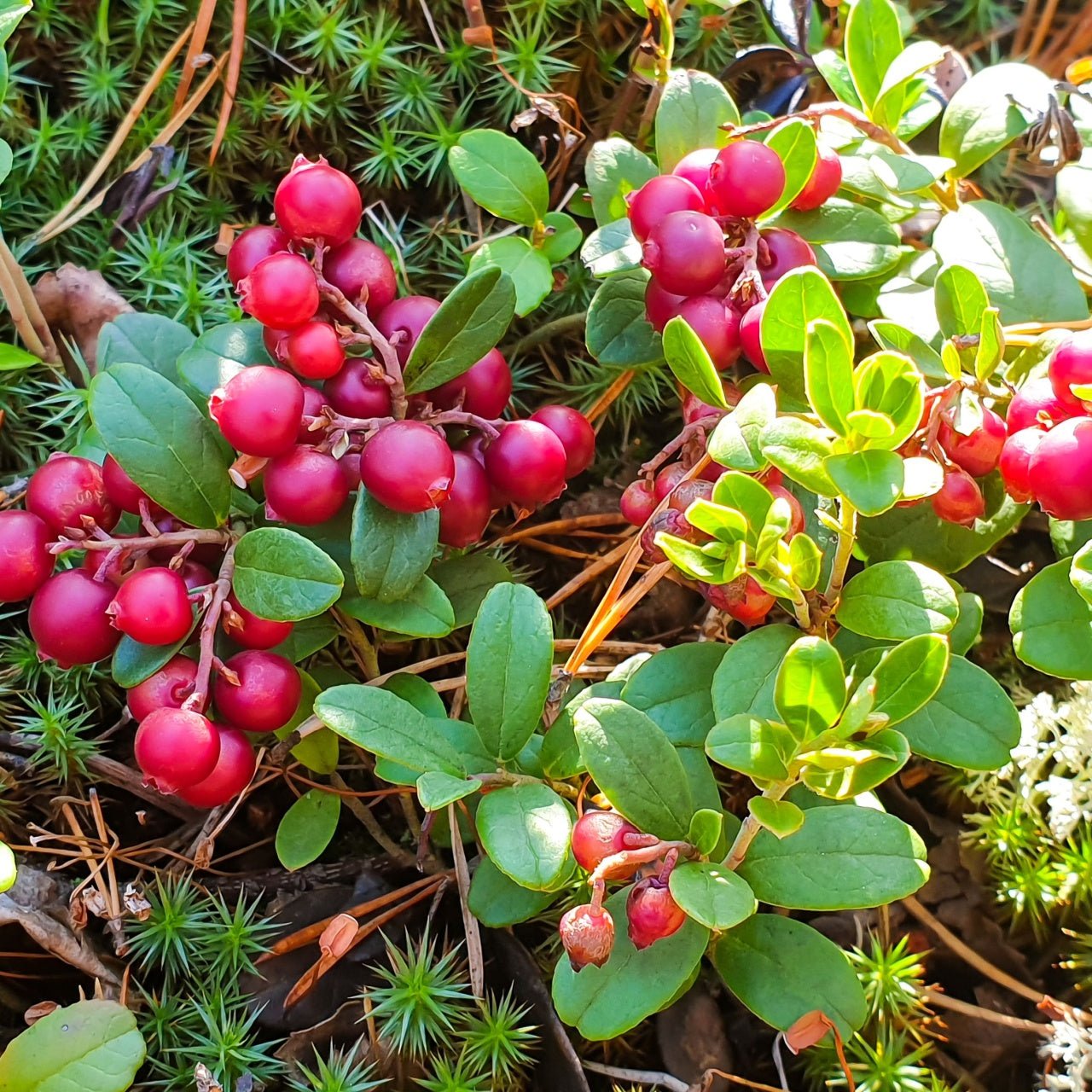Partridge Berry (Mitchella repens) is a low-growing, evergreen perennial that offers a charming and delicate presence in shaded garden spaces. Often overlooked in favor of showier plants, Partridge Berry is a modest ground cover that thrives in woodland environments, spreading across the forest floor subtly but captivatingly. Its small white flowers and bright red berries make it a favorite among gardeners who appreciate the quiet beauty of nature. The plant, native to North America, can often be found in woodlands from Canada down to Florida, where it plays a vital role in both the ecosystem and herbal traditions.
Are lingonberries and partridge berries the same thing?
Lingonberries and partridge berries are often confused due to their similar appearance and habitat preferences, but they are indeed different plants. Lingonberries (Vaccinium Vitis-idea, native to northern regions such as Scandinavia and parts of North America, are shrubs that produce tart red berries commonly used in jams, sauces, and Scandinavian cuisine. They grow in cold, acidic soils, typically in boreal forests and alpine environments. In contrast, Partridge Berry (Mitchella repens) is a creeping vine native to eastern North America. Its red berries are also edible, though less commonly used in culinary applications than lingonberries.

While both plants belong to the understory of wooded areas, they differ significantly in their appearance and usage. Partridge Berry is a vine with tiny, rounded leaves and a trailing growth habit, often used as a ground cover in shade gardens. Conversely, Lingonberries are upright shrubs with thicker, leathery leaves and a more substantial growth form. Their fruits also differ-lingonberries are notably more tart and versatile for culinary purposes. At the same time, Partridge Berries are mild and used more sparingly, often for medicinal purposes rather than flavor.
What is partridge berry good for?
Partridge Berries have been traditionally valued for their medicinal properties, particularly by Native American communities, where it was utilized as a remedy for various ailments. One of its most well-known uses is in women's health. Historically, the plant has been used to help with childbirth and menstrual discomfort. It was often consumed as a tea made from leaves and berries to ease labor pains and promote recovery post-birth, giving it a reputation as a beneficial plant for women's reproductive health. The name "Squaw Vine" reflects its historical association with women's health, although the term is now considered outdated and disrespectful.

Beyond its medicinal uses, Partridge Berry is a beautiful plant for gardeners interested in creating a natural woodland aesthetic. It spreads slowly but steadily, providing a dense, carpet-like ground cover that is particularly useful in shaded or partially shaded areas where many other plants struggle to thrive. Its small, white flowers bloom in pairs during the late spring and early summer, eventually giving way to scarlet berries that stay into the winter months, offering food for birds and other wildlife when other resources are scarce.
In addition to its ornamental appeal, Partridge Berry's evergreen nature makes it a year-round asset to gardens, providing visual interest even during the winter. Its ability to tolerate dry, acidic soils and shade makes it well-suited for forest gardens or naturalized areas under trees. Once established, it's a low-maintenance plant, requiring little intervention aside from occasional watering during dry periods.
Does partridge berry grow fast?
Partridge Berry is a relatively slow-growing plant. Its growth rate is moderate to slow and typically spreads through creeping vines that root at the nodes. This slow pace can benefit gardeners looking to cultivate a ground cover that won't overrun other plants or require frequent pruning. The plant's trailing stems spread horizontally rather than vertically, forming a thick mat over time, but it doesn't compete aggressively with neighboring plants.

While it may take some patience to see Partridge Berry fill out an area, its ability to thrive in harsh conditions, deep shade, or poor soil is worth the wait. Once established, it will maintain its presence for years, offering a reliable ground cover that demands little maintenance. This steady growth habit makes Partridge Berry ideal for naturalized garden settings where minimal intervention is preferred. In such environments, it can establish itself quietly, spreading its delicate vines and forming a lush green mat punctuated by the occasional flash of red berries.
Is Partridge Berry The Same As Wintergreen
Partridge Berry and Wintergreen are often thought of as similar because they share a love for similar growing conditions, but they are, in fact, different plants. Wintergreen (Gaultheria procumbens) is another low-growing, evergreen plant often found in the same habitats as Partridge Berry. It also produces red berries, which can lead to confusion between the two. However, Wintergreen is known for its fragrant leaves, which contain oil used for medicinal purposes and flavoring, most notably in products like wintergreen gum and candy.
Wintergreen has larger, more oval leaves, and the plant tends to grow more upright than Partridge Berry's prostrate, creeping growth habit. Wintergreen berries are also slightly larger and have a more robust flavor than the mild, somewhat tasteless berries of Partridge Berry. Both plants share similar habitats, often growing side by side in shaded, acidic soils, but they have distinct uses and characteristics. Wintergreen is better known for its medicinal and culinary applications, whereas Partridge Berry is more commonly used for its ornamental value and gentle medicinal properties.

Both plants, however, are excellent choices for gardeners looking to create a woodland garden with native plants. They provide ground cover, attract wildlife, and maintain visual interest year-round. In the winter months, the bright red berries of both plants stand out against the snowy backdrop, offering a subtle but beautiful contrast to the season's typical white and gray tones.
In conclusion, Partridge Berry is a resilient and beautiful addition to any shaded garden, offering year-round beauty and a connection to North America's rich botanical heritage. Whether used for its historical medicinal benefits or its quiet, evergreen presence, this plant remains a hidden gem in woodland landscapes.
A Versatile and Beloved Berry
Partridgeberries (Vaccinium vitis-idea), which also go by the names lingonberries or cowberries, produce small bright red fruits that grow well in cool climates and are particularly plentiful in Newfoundland and Labrador in Canada and certain regions of Scandinavia. The taste of partridgeberries combines tangy and slightly sweet notes into a distinctive flavor, which makes them suitable for many uses in cooking and medicine. Various cultures maintain a long-standing tradition of valuing partridgeberries because of their delicious taste and the health advantages they believe in.
Partridgeberries are frequently utilized for culinary purposes. Their tart flavor makes them ideal for creating jams, jellies, and preserves. Many households treat these berry-based spreads as essential foods that people enjoy on fresh bread, biscuits, or toast during breakfast. Partridgeberry jam stands out for its ability to deliver a pleasant, sharp taste when used with sweet baked goods. Adding partridgeberries to cakes, muffins, and scones creates a vivid display of color while providing a tart-sweet taste that balances out more prosperous components such as butter and sugar.
Partridgeberries are essential ingredients in various sauces and condiments. A basic but colorful partridgeberry sauce complements poultry dishes and wild game. The inherent acidity in the berries balances meat richness in the same way cranberry sauce does during holiday feasts. Festive tables frequently showcase this sauce, which enhances hearty dishes with its vibrant color and sharp flavor. Partridgeberry chutney combines fruit with savory herbs and spices to enhance the flavor profiles of sandwiches or cheese boards.
The common culinary practice of infusing beverages with partridgeberries showcases their versatility beyond just food dishes. Their tart character delivers a refreshing twist to drinks, whether they are added to teas or serve as the foundation for cordials. People drink hot and cold sweetened juice as a comforting remedy throughout winter. Bartenders in modern cocktail-making apply partridgeberry syrup and muddled berries to develop unique and lasting flavors.
Partridgeberries are an essential food ingredient and have a history of traditional medicinal use. These berries, which contain vitamins C and E, have been a popular source of antioxidants for many years. Scientific understanding of partridgeberries' precise advantages is developing, yet numerous supporters maintain that they enhance health similarly to other antioxidant-rich red berries. Traditional practices sometimes include the partridgeberry leaves in tea infusions to explore their diuretic and anti-inflammatory properties. Despite the limited research available, the berry maintains a cherished position due to historical and cultural beliefs about its general health benefits.
Beyond their medicinal benefits, partridgeberries have become popular in beauty products. Because of their high vitamin content, skincare enthusiasts create homemade face masks and scrubs utilizing partridgeberries. Natural, locally sourced fruits remain attractive options for eco-conscious individuals looking to create their self-care routines despite their lesser popularity compared to mainstream cosmetic ingredients.
Partridgeberries have been integral to generational traditions where people gather and celebrate their land's natural bounty. People usually venture into forests or bogs during late summer or fall to gather berries, transforming these trips into social family events. Partridgeberries' cultural and social significance demonstrates their role in heritage by creating a meaningful connection of place and belonging for people who harvest them for food and enjoyment.
The utility of partridgeberries extends from culinary creations to therapeutic applications and personal care products, highlighting their extraordinary adaptability. The unique flavor and honored position of these berries within multiple cultures demonstrate the strong bond between people and these unassuming yet vibrant red treasures. Partridgeberries demonstrate nature's abundance and cultural depth through their uses in sweet preserves, savory meals, and wellness practices.
Read more

The White Trillium (Trillium grandiflorum) is a beautiful native wildflower that graces North America's forest floors, casting an ethereal glow in shaded woodlands. Known for its three-petaled whit...

Hostas are a timeless favorite in shade gardens, known for their large, lush leaves and various shapes, sizes, and colors. These versatile plants are perfect for filling spaces with bold foliage an...



